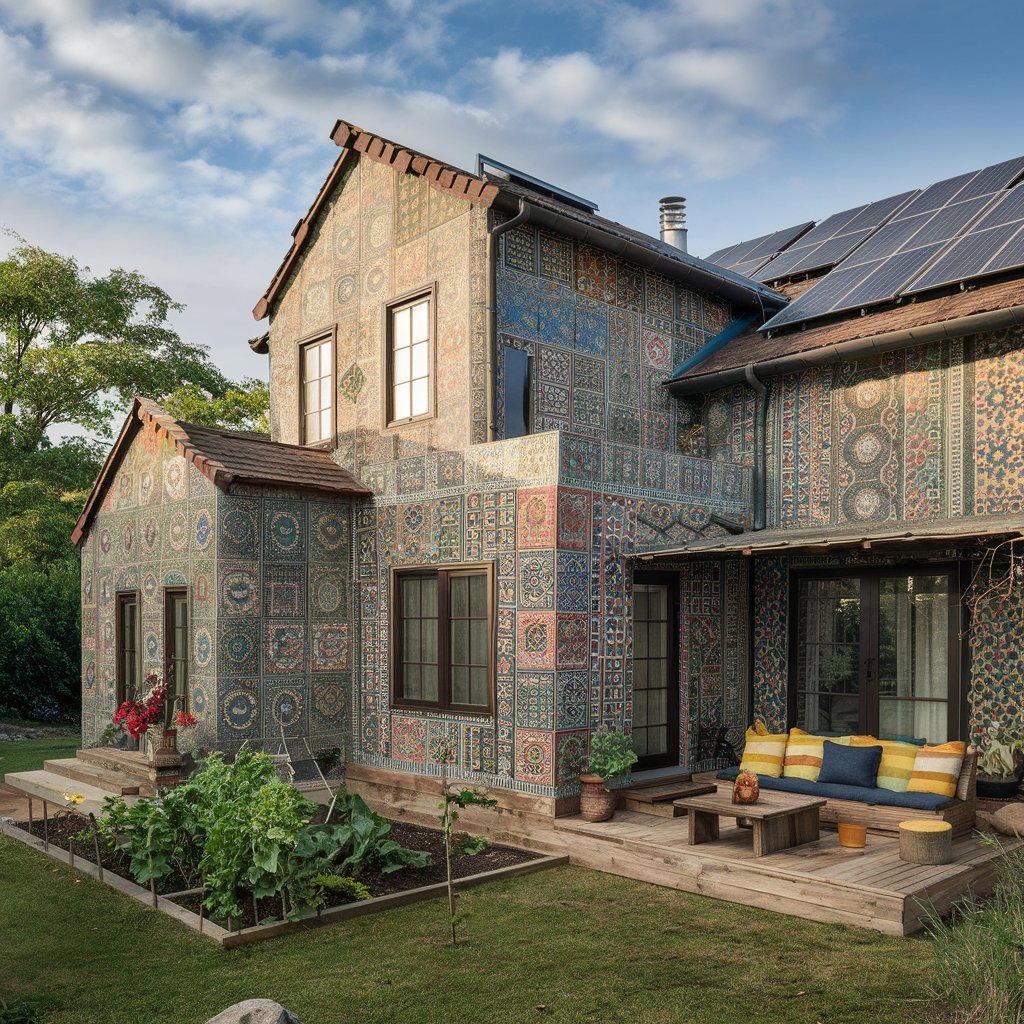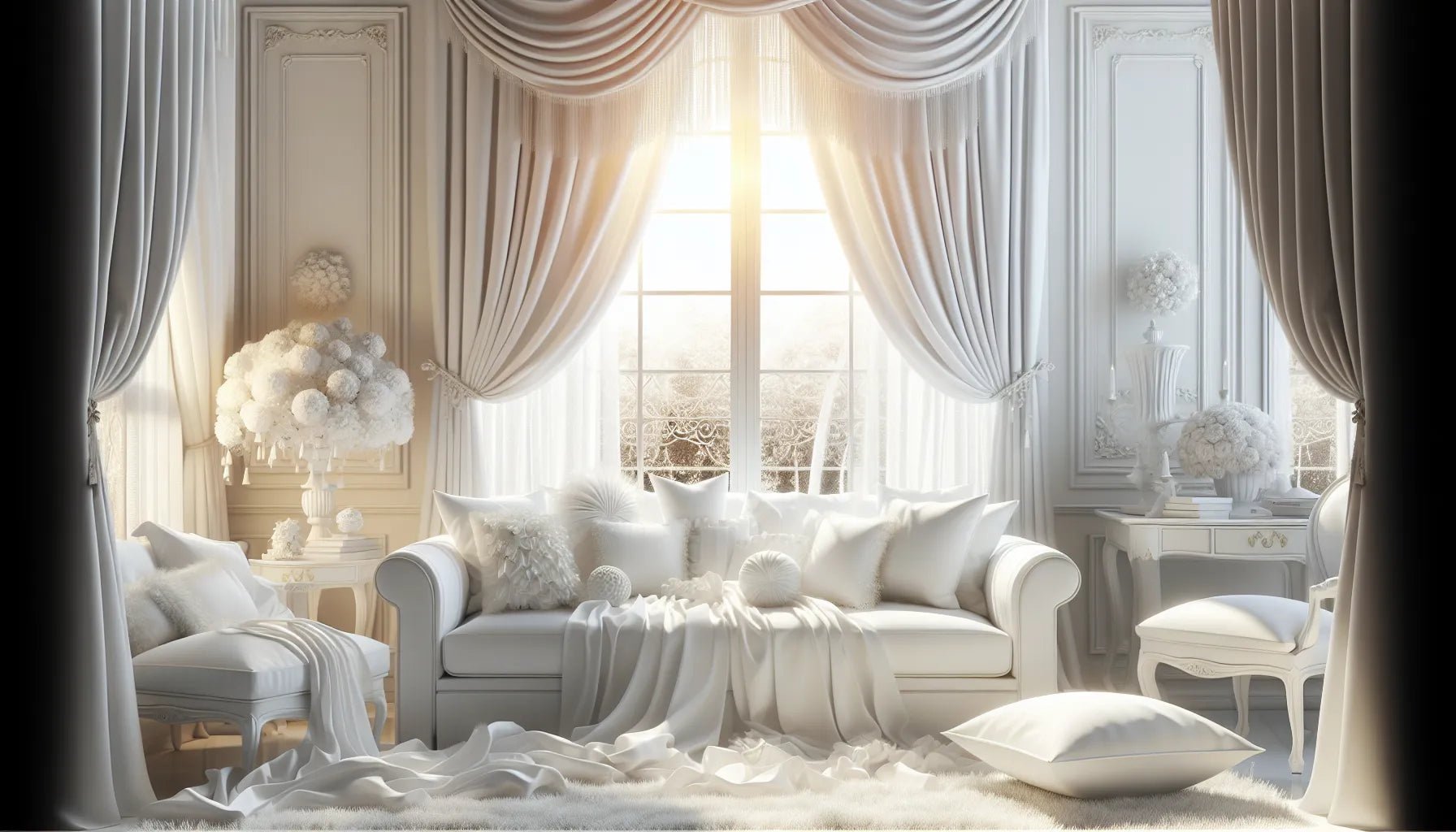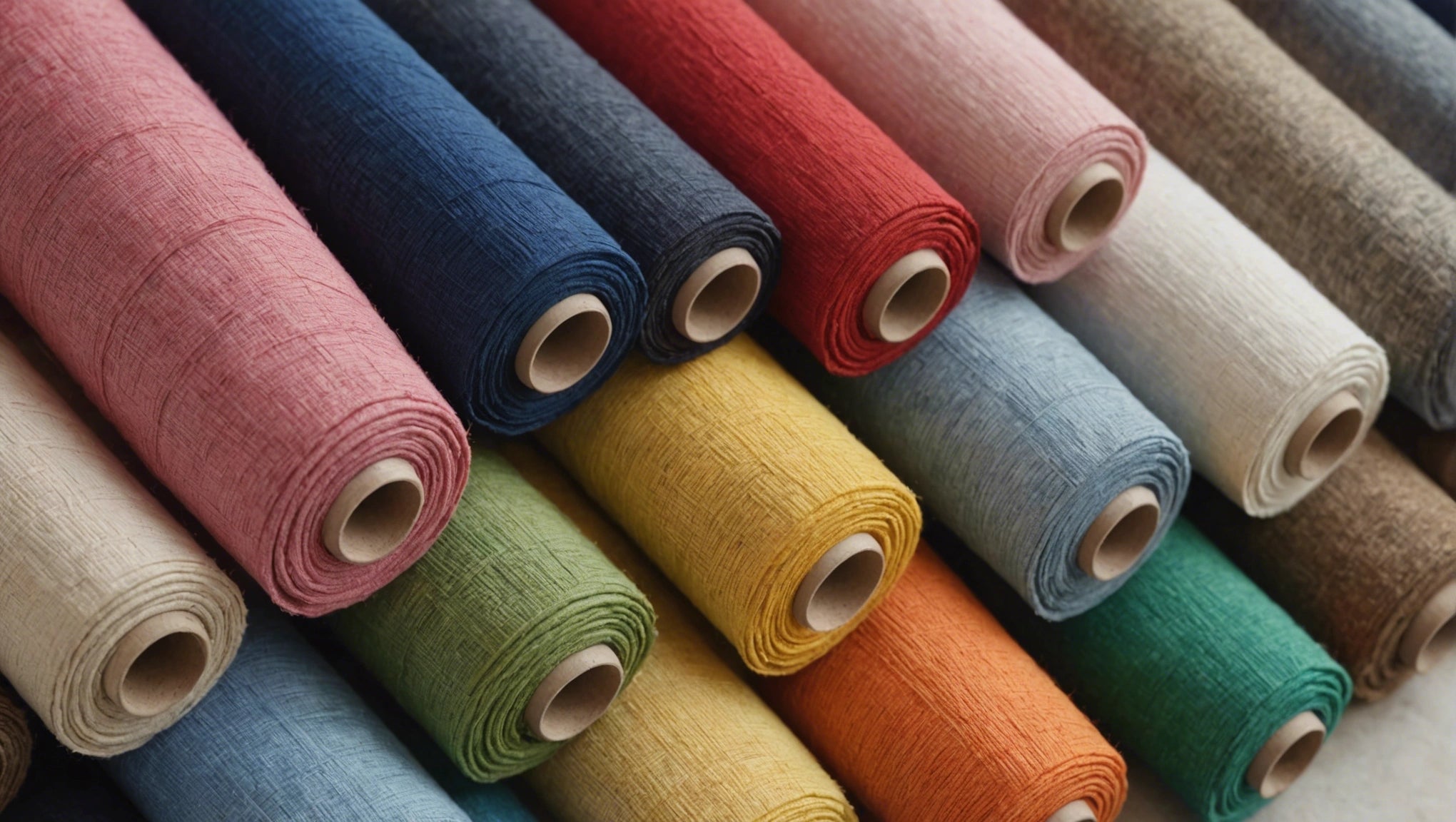Introduction
More and more people are realizing the need to make their homes eco-friendly. From reducing energy consumption to using sustainable materials, every step can make a significant difference in lessening our environmental impact. Creating a serene home environment that is also kind to our planet is both beneficial and rewarding. One simple and impactful way to achieve this is by choosing sustainable block print fabrics for your home decor. These fabrics, made with natural dyes and eco-friendly printing techniques, not only bring beauty and elegance to your space but also promote environmental responsibility. By opting for such fabrics, you support practices that reduce pollution and conserve resources. Plus, these fabrics often support fair labor practices, empowering communities and artisans. Transforming your home into an eco-friendly haven can start with a simple decision like choosing sustainable block print fabrics for your pillows, upholstery, and table linens. Experience the joy of beautiful and eco-conscious living while making a positive impact on the environment and the community.
Key Concepts and Definitions
Understanding Sustainable Block Print Fabrics
Sustainable block print fabrics are made using eco-friendly materials, natural dyes, and traditional block printing techniques. These fabrics often include cotton and linen, which are biodegradable and have a lower environmental impact compared to synthetic materials. Using natural dyes, derived from plants, minerals, and other organic sources, reduces the use of harmful chemicals in the dyeing process. This makes the fabrics safer for both the environment and people wearing them.

The Process of Traditional Block Printing
Traditional block printing is a method where intricate designs are hand-carved onto wooden blocks. These blocks are then dipped in dye and pressed onto the fabric. This technique not only preserves cultural art forms but also avoids the high energy consumption associated with modern printing methods. Each piece of fabric becomes a unique work of art, reflecting the artisan's skill and creativity.
Environmental and Social Benefits
The environmental benefits of using sustainable block print fabrics include reduced water and air pollution, lower carbon footprint, and less waste. By choosing these eco-friendly options, consumers can support practices that contribute to a healthier planet. Additionally, the emphasis on fair labor practices helps ensure that artisans receive fair wages and work in safe conditions, promoting social sustainability as well.
Case Studies or Real-World Applications
A Sustainable Family Home in Portland, Oregon
One practical example of a home incorporating sustainable block print fabrics is a family residence in Portland, Oregon. This home features Fabritual's eco-friendly linen and cotton fabrics in their living room and dining area. They used hand-block printed cushion covers on their sofas, which have brightened up the space with vibrant patterns and natural hues. The dining table is dressed with an elegant table runner and matching napkins, adding a touch of craftsmanship to daily meals. This use of block print fabrics showcases the aesthetic beauty and environmental benefits as the family has created an inviting, stylish living space while supporting sustainable practices.
An Eco-Conscious Apartment in Brooklyn, New York
Another example is a cozy apartment in Brooklyn, New York. Here, an eco-conscious couple opted for Fabritual's block printed fabrics to upholster their chairs and create custom-made curtains. The intricate designs and soft, natural dyes inspired by traditional artistry have given the apartment a warm and unique character. Their choice not only highlighted their commitment to sustainability but also provided a cozy feel that reflects their personal style. These real-world applications of block print fabrics demonstrate how integrating sustainable materials into home decor can combine beauty with mindfulness, creating spaces that are both visually appealing and environmentally responsible.
Analysis and Discussion
Environmental Impact
Choosing sustainably made block print fabrics significantly reduces environmental harm. These fabrics use natural dyes and eco-friendly techniques, limiting the release of harmful chemicals into the environment. This approach also promotes the use of renewable resources and reduces waste, supporting long-term ecological balance.
Benefits for Homeowners
Sustainable block print fabrics offer numerous advantages for homeowners. They are often of high quality, providing durability and long-lasting beauty. Furthermore, these fabrics contribute to a healthier living space by avoiding toxins found in conventional dyes. Supporting eco-friendly products also aligns with ethical consumerism, allowing homeowners to feel good about their choices.
Aesthetic and Cultural Significance
Block print fabrics carry rich cultural heritage and artistic value. Each piece is often handcrafted, showcasing intricate and unique designs. This artistry adds character and a personal touch to home decor, making rooms feel more warm and inviting. Incorporating such fabrics can also serve as a homage to traditional craftsmanship.
Challenges and Considerations
Sourcing sustainable block print fabrics can sometimes be challenging due to limited availability and higher costs. Consumers need to verify the authenticity of sustainability claims, ensuring that fabrics are genuinely eco-friendly and ethically produced. Maintenance might also require special care to preserve the fabric's quality and vibrant designs, which can be more demanding than conventional options.
Future Directions or Trends
Innovations in Sustainable Fabric Production
The field of sustainable home decor is set to evolve with several promising trends. One key area is sustainable fabric production. Innovations are focusing on developing fabrics from recycled materials like plastic bottles, which are transformed into soft and durable textiles. Additionally, there is a growing use of organic fibers such as hemp and bamboo, which require fewer resources to grow and are biodegradable. Advances in natural dyeing processes are also expected, reducing reliance on harmful chemicals and minimizing water usage.
Increasing Consumer Demand
Consumer demand for eco-friendly products is increasing, driven by a heightened awareness of environmental issues. Shoppers are looking for home decor items that reflect their style and values. They are inclined towards products that are ethically made and have a lower carbon footprint. Companies are responding by offering transparency in their sourcing and manufacturing processes, ensuring fair labor practices and reducing their environmental impact. This trend towards conscious consumerism means that sustainable home decor will likely see more innovative materials and eco-friendly designs, catering to a market that values sustainability as much as aesthetics.
Conclusion
The article highlights the benefits of using sustainable block print fabrics in making our homes eco-friendly. Products made with natural dyes and eco-friendly techniques not only reduce our environmental footprint but also support fair labor practices and community empowerment. Specifically, these fabrics, featuring intricate and traditional designs, bring a unique, handcrafted touch to home decor items like pillow covers, upholstery, and table linens. By choosing such sustainable options, we can enjoy a beautiful home environment while promoting a healthier planet.
Now is the time to think about how our choices impact the world. Let’s consider incorporating eco-friendly block print fabrics into our own home decor. By doing so, we contribute to a sustainable future and support communities dedicated to positive change. Visit Fabritual to explore the beautiful range of eco-friendly fabrics and start making a difference today.



